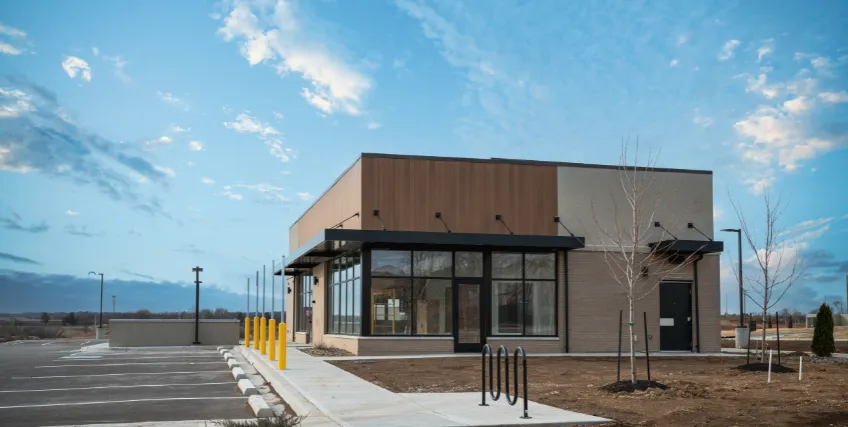Small Business Funding in California: Financing Options
When searching for 'state of California business loans', it is no surprise that the search results would come with innumerable options. However, it is important to know the common financing options.
These range from federal SBA options to traditional bank loans and alternative financing. Here's a list of common financing choices, when it comes to securing small business funding in California:
It is commonly used for purchasing or refinancing major fixed assets, like commercial real estate, new construction, or long-term machinery. Under its structure, a conventional lender provides. The SBA loan comes with a competitive, long-term fixed interest rate, which may be chosen, when applying for commercial real estate loans in California.
The SBA 7(a) is the government's primary small business loan program, offering borrower-friendly terms to qualified applicants. These guarantee a portion of the loan to the lender. For small business loans California, this program is important, as it offers up to $5 million for several purposes. This includes working capital, buying inventory, or refinancing existing debt. It comes with a long repayment term, which results in manageable monthly payments. Key qualifying requirements include: meeting SBA size standards, being a for-profit entity, and having repayment abilities.
This is a flexible, revolving credit facility. BLOC works like a business credit card. It gives funds to borrowers only when needed, with interest charged on the amount that has been used. Lines of credit are important for managing unstable cash flow, buying seasonal inventory, or covering short-term expenses. They are offered by traditional banks, often requiring good credit and collateral. Additionally, online lenders provide BLOC too, with quicker access, but potentially higher loan cost.
Business Term Loans
One of the most traditional forms of commercial lending, a term loan gives a single lump sum of cash upfront. This is then repaid over a fixed period (the "term"), often with a predictable, fixed interest rate. These are commonly offered by banks and credit unions and may work well for specific, one-time investments, like major equipment purchases.
Commercial Real Estate Loans
For small businesses looking to own their work space, this loan finances the purchase, construction, or refinancing of commercial properties. While conventional CRE loans may fund quicker, they typically require a higher down payment and are often shorter-term than SBA. They are available for both owner-occupied space and investment properties. Searching and settling with the right commercial real estate lenders California, after comparing and thorough review, may boost business growth.
This can be considered as a specialized form of commercial loans in California, made to fund the purchase of physical assets. This may include vehicles and heavy machinery to specialized industry items. The equipment itself serves as the collateral, making qualification generally simpler than an unsecured loan. Equipment financing can cover up to 100% of the asset's cost. Alternatively, leasing allows businesses to use the equipment for a fixed term and then return, renew, or purchase it.
Invoice Factoring (IF)
This is a cash flow source, where a business sells its outstanding B2B invoices to a third-party "factor", at a discount. This converts slow-paying receivables into quick cash. A commonly preferred option among businesses with strong commercial clients but struggling with short-term liquidity. Notably, the 'factor' checks the creditworthiness of the client (the entity paying the invoice) rather than the small business itself. This makes it accessible even to businesses with lower credit scores.














